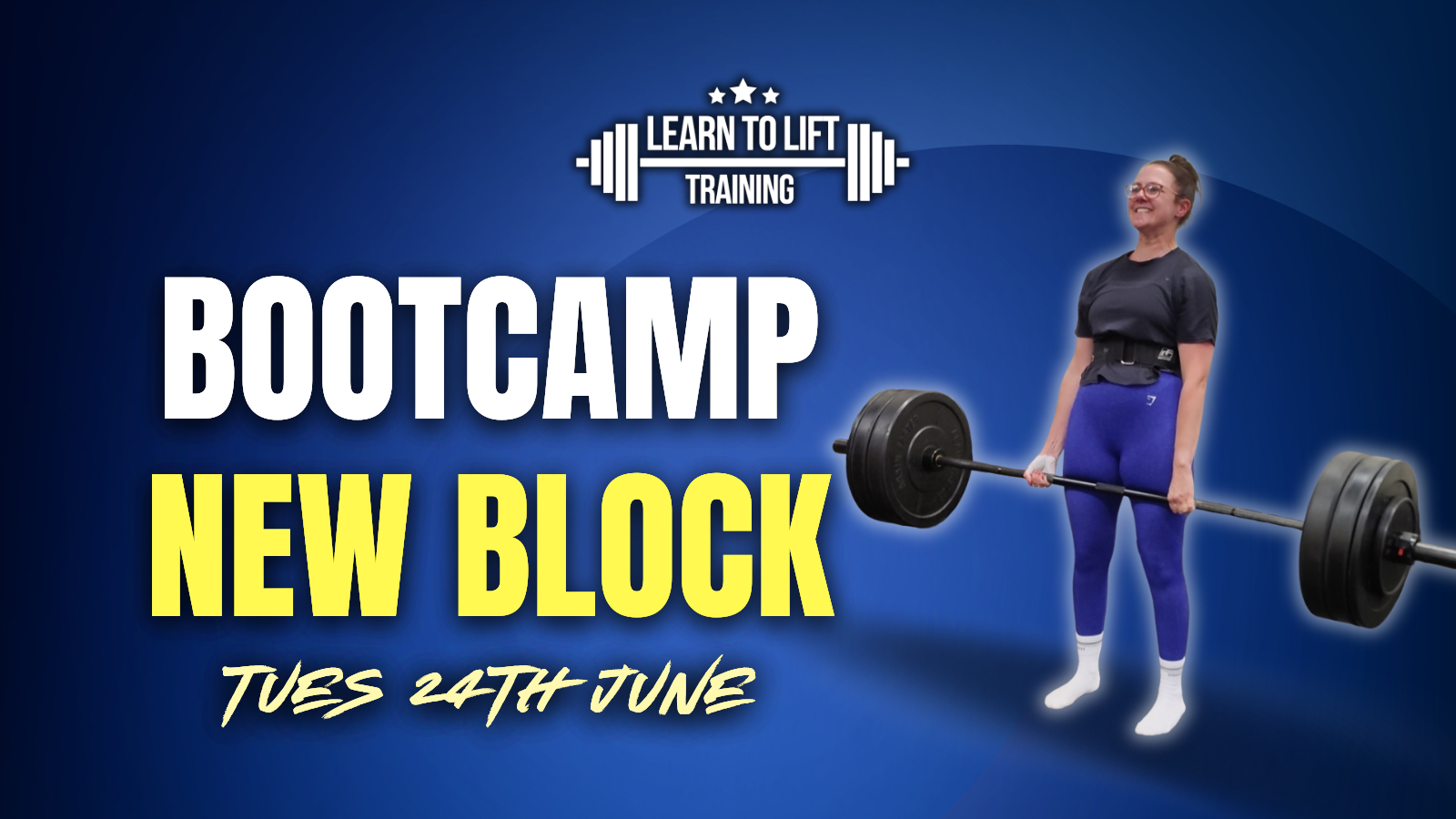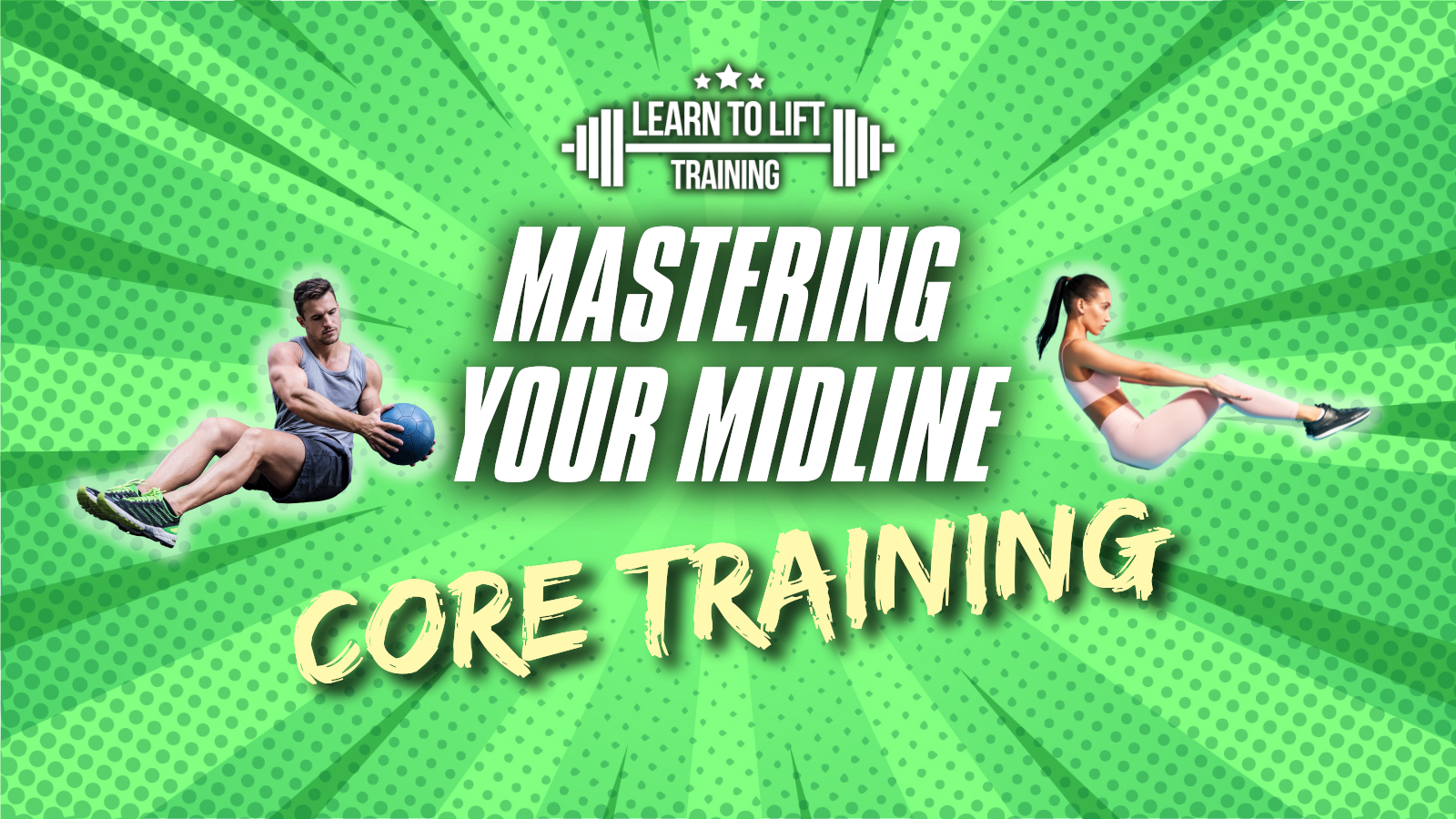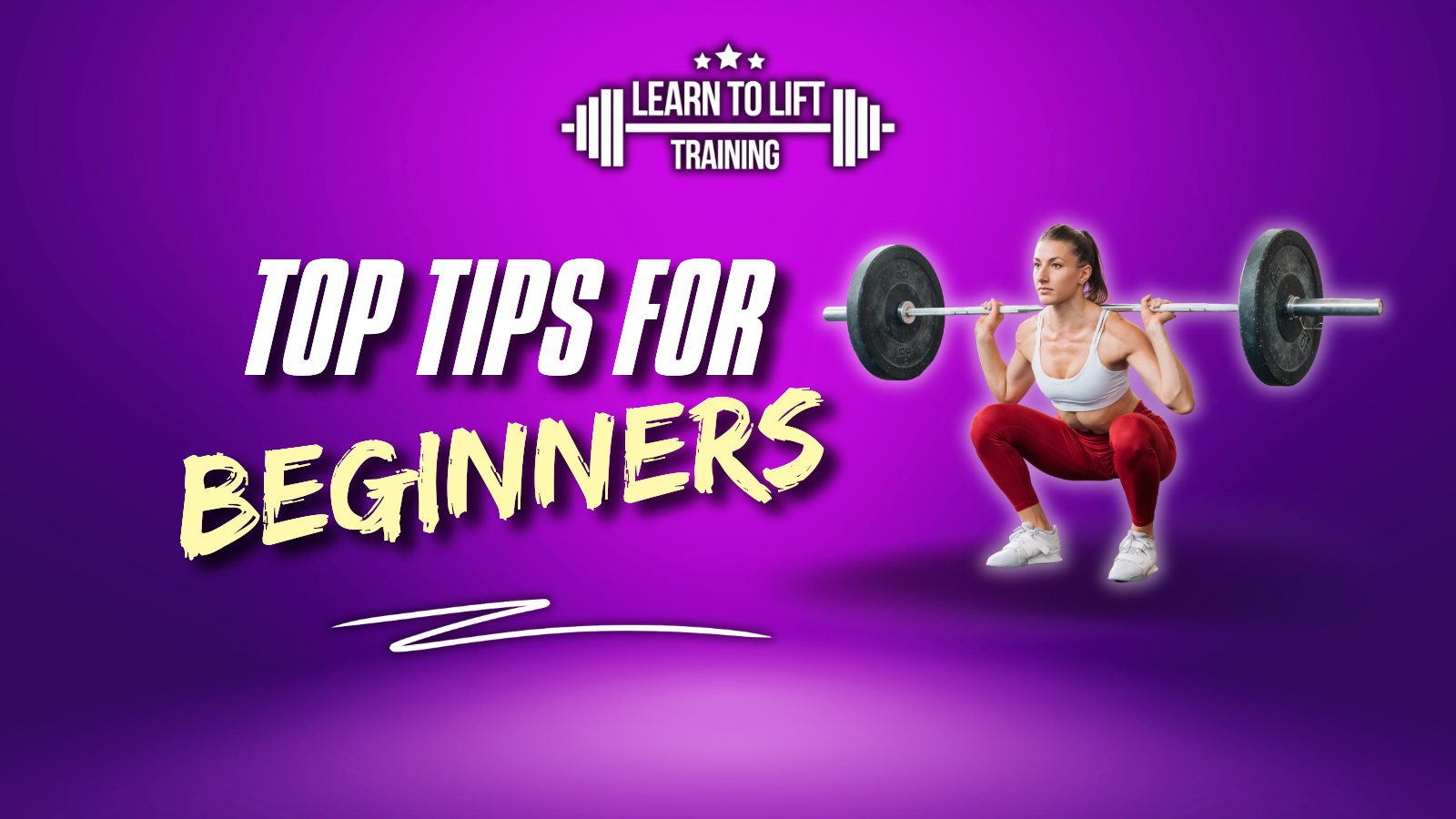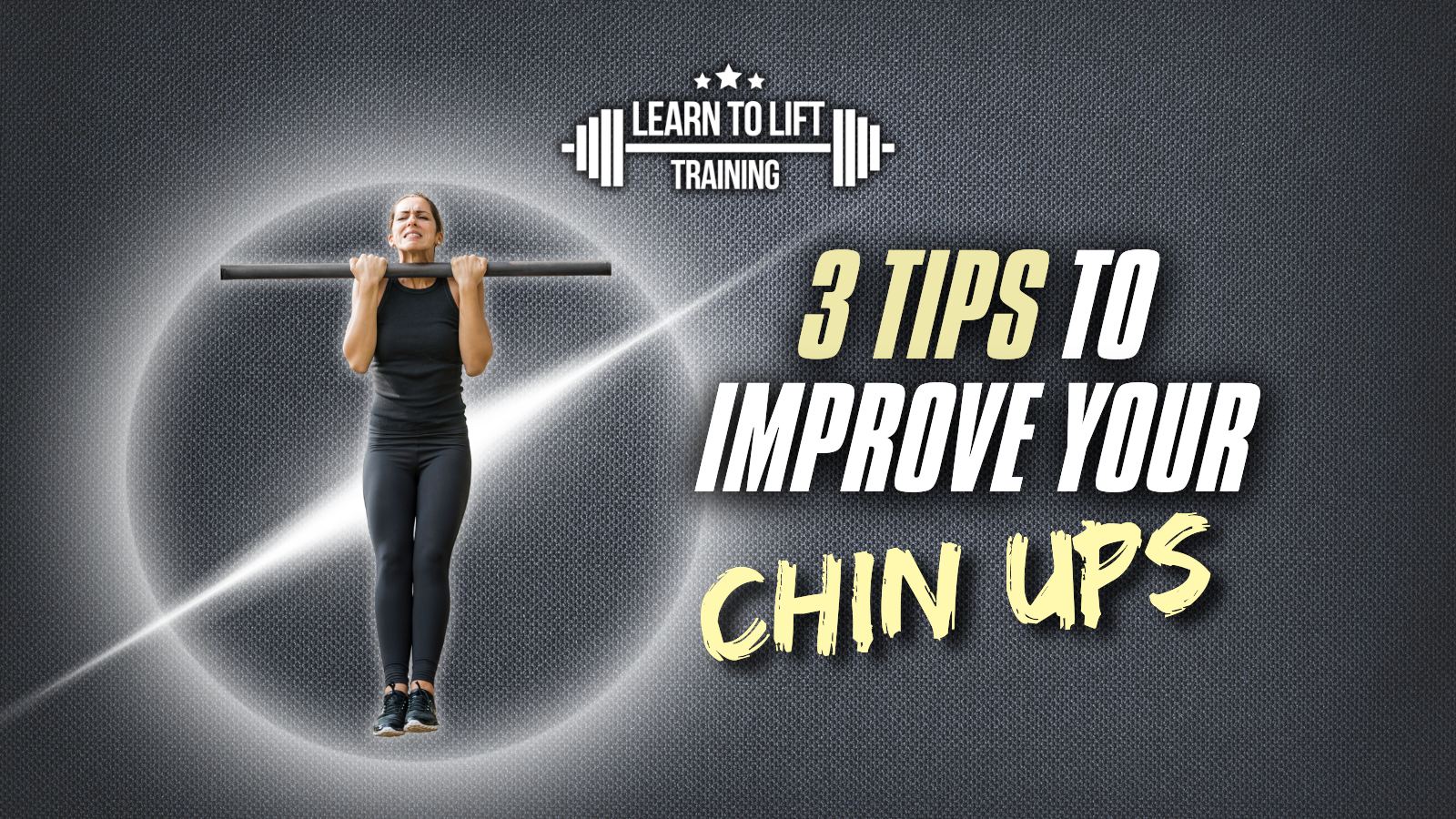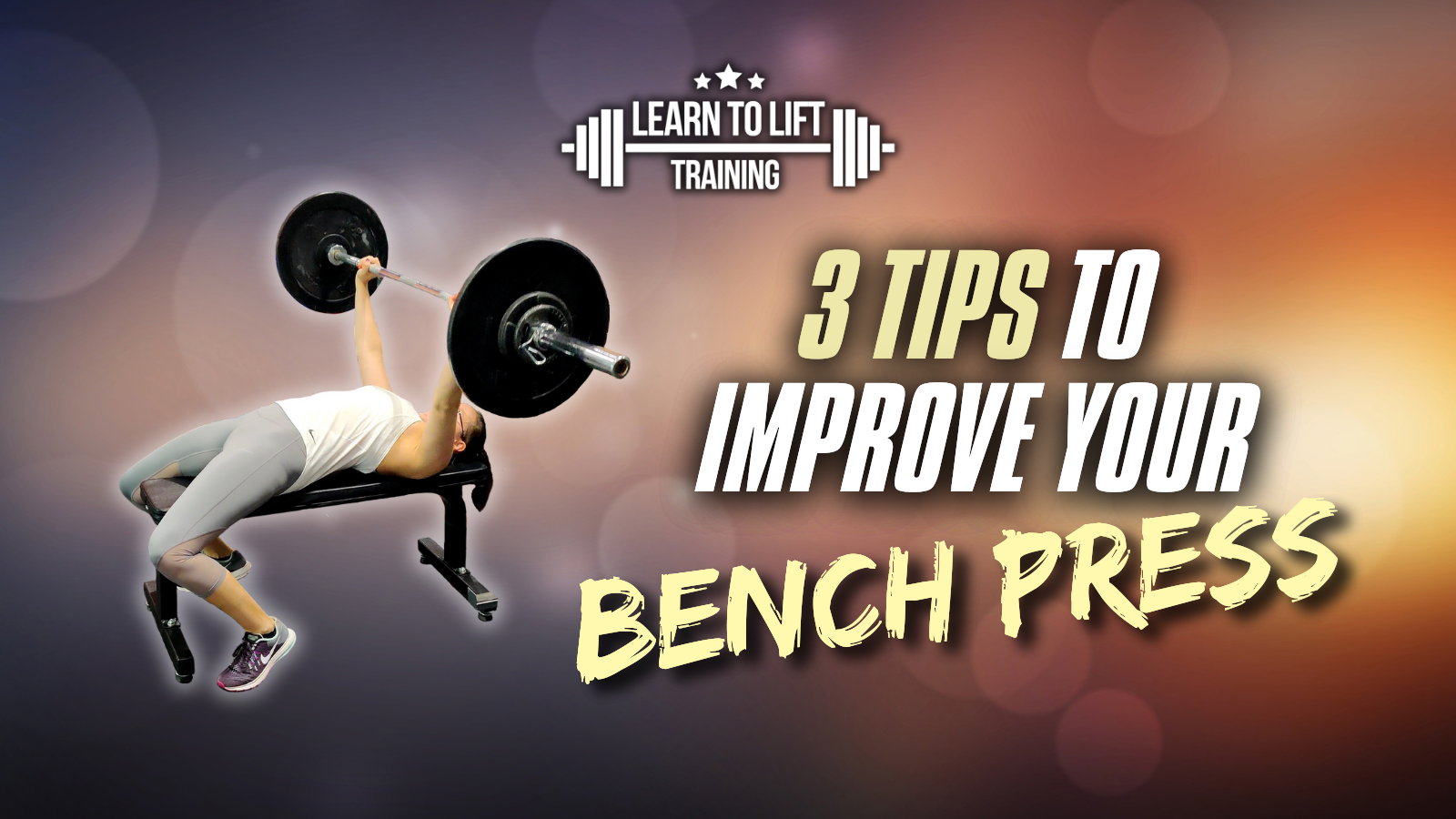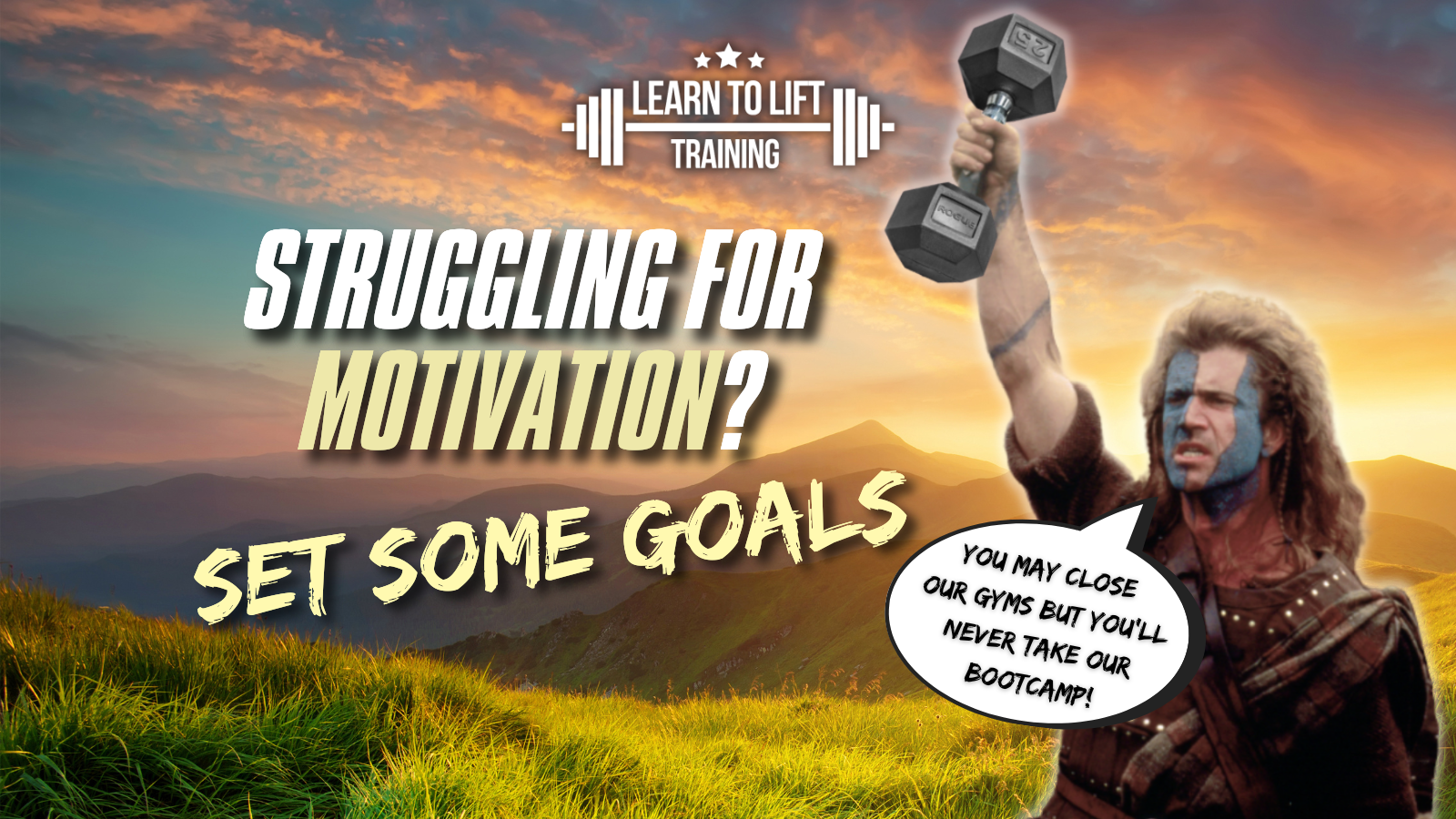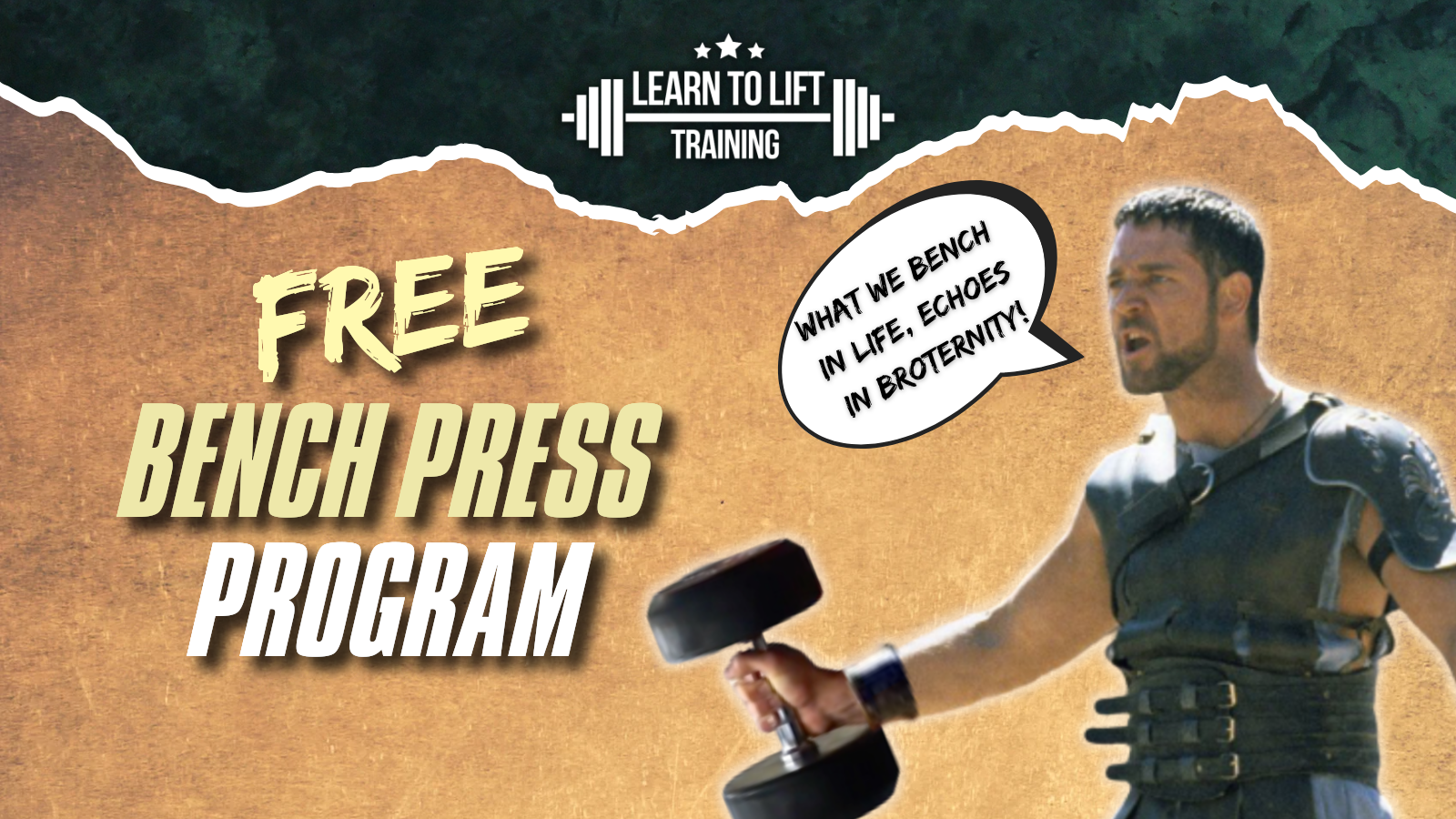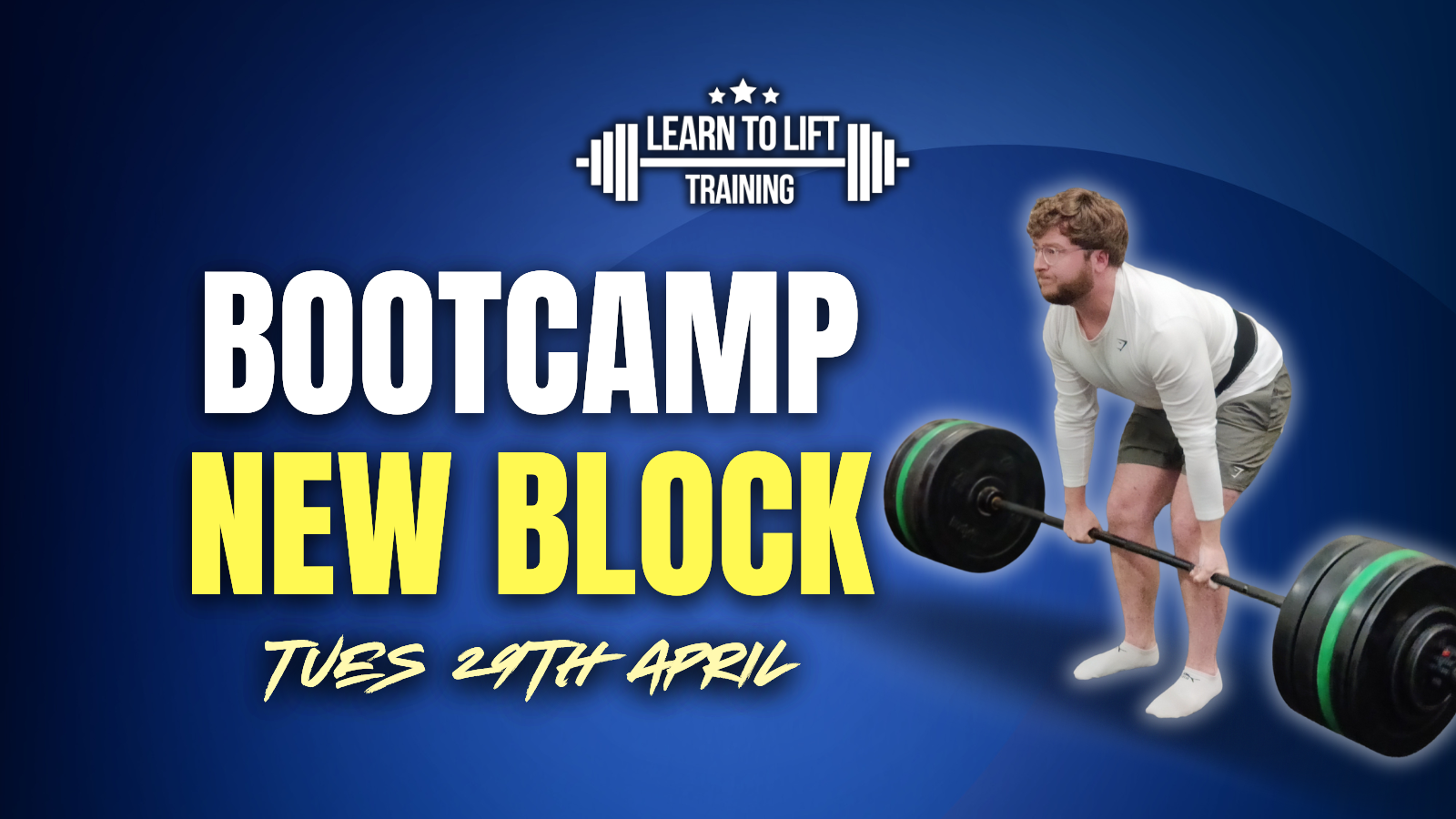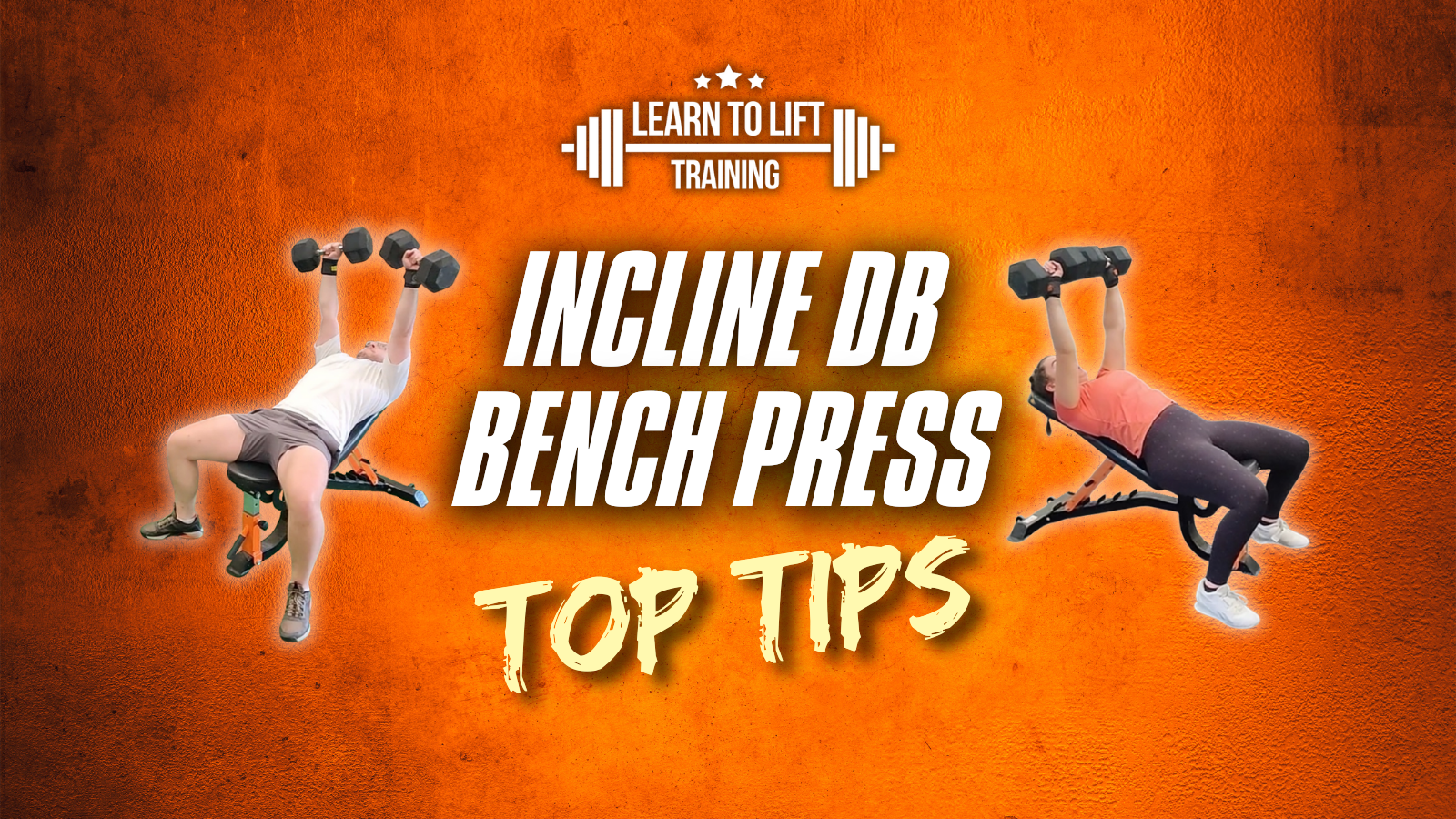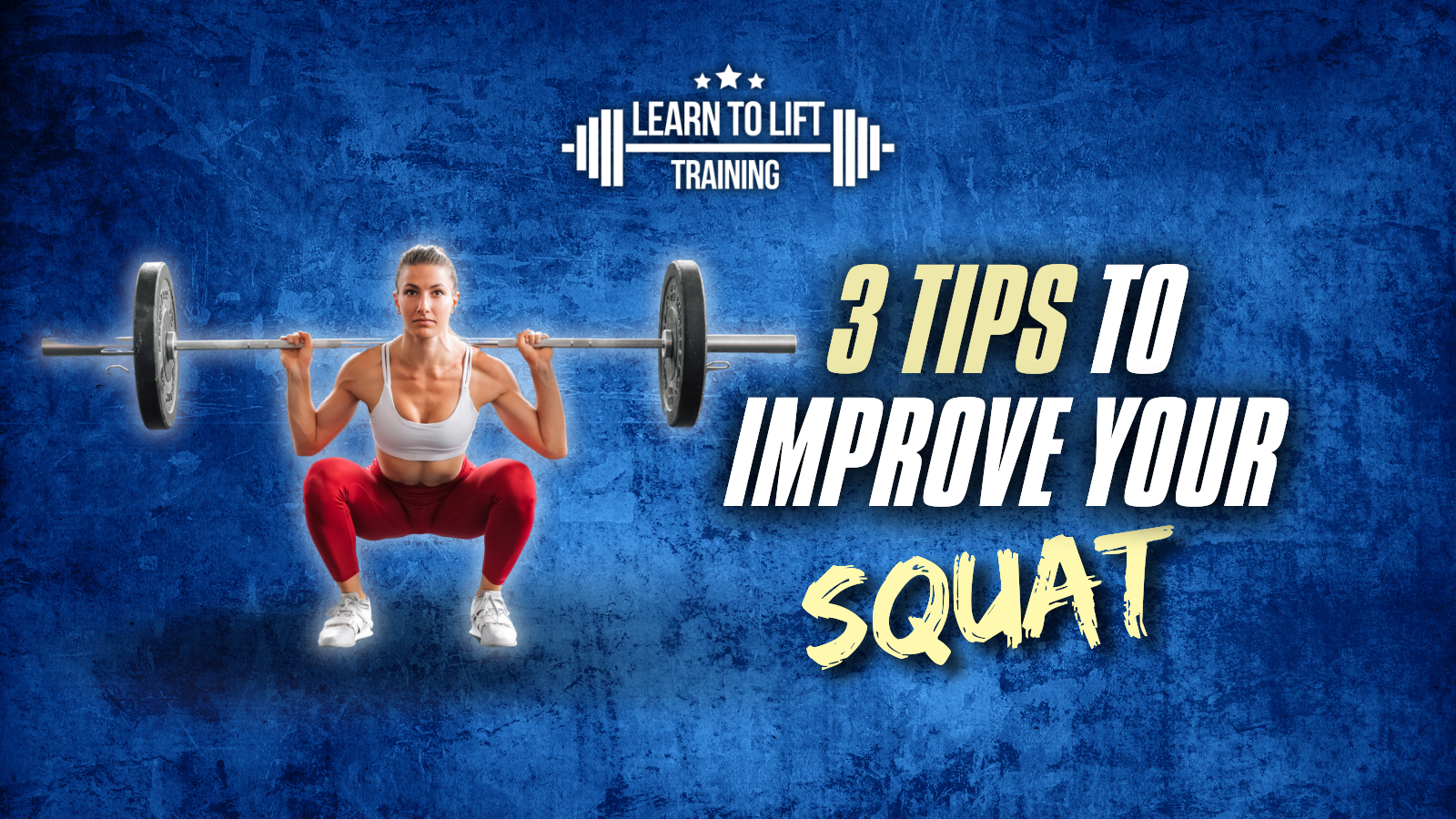3 Tips To Improve Your Deadlift from a Glasgow Personal Trainer
3 Expert Tips to Boost Your Deadlift from a Glasgow Personal Trainer
The deadlift is a powerhouse move. Whether you’re aiming to build raw strength, sculpt a stronger physique, or simply move better in everyday life, it’s one of the best exercises in your toolkit.
As a Glasgow personal trainer, I’ve seen firsthand how mastering the deadlift can transform clients’ fitness journeys—boosting confidence, torching calories, and improving posture. But here’s the catch: to reap those rewards, you’ve got to do it right.
That’s where these three expert tips come in. They’re simple, practical, and designed to help you lift heavier, safer, and smarter. Whether you’re a beginner or a seasoned lifter, these tweaks—taught in our Glasgow bootcamps and one-on-one personal training sessions in Glasgow—will take your deadlift to the next level.
Let’s get started!
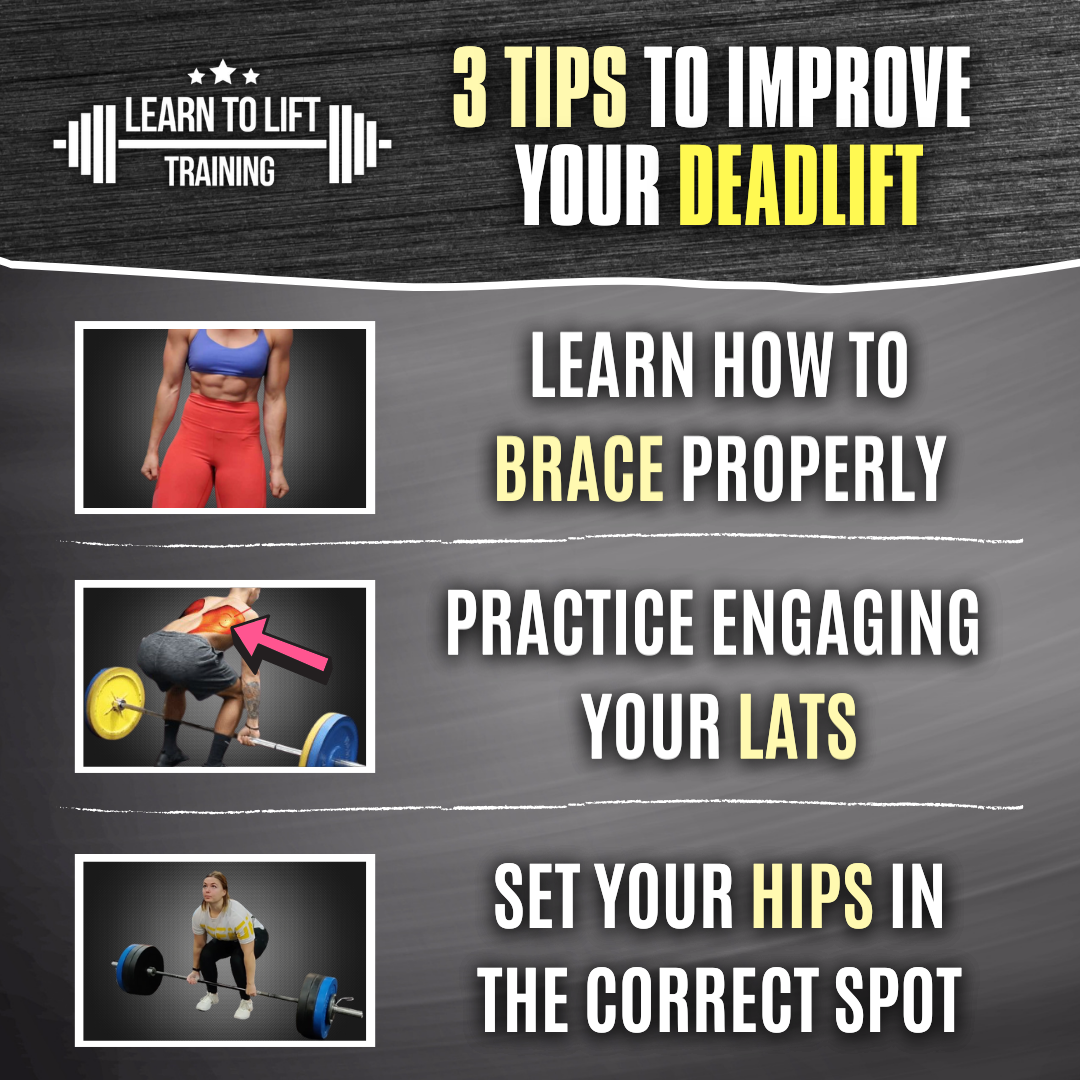
1. Master the Art of Bracing Your Core
A strong deadlift starts with a rock-solid core. Bracing isn’t just about looking tough—it’s about creating a stable base to transfer force from your legs to the bar without leaking energy or risking your spine. Done right, it’s your secret weapon for heavier lifts and fewer injuries.
Here’s how to brace like a pro:
- Take a big breath into your belly (not your chest) before you lift.
- Tense your stomach as if you’re bracing for a punch.
- Expand your sides outward—imagine 360 degrees of tension around your midsection.
Think of your core as a pressurised cylinder. When it’s tight, it keeps your spine neutral and lets your legs and hips do the heavy lifting. Mess this up, and you’re more likely to round your back—a fast track to pain or a stalled lift. Practice this in front of a mirror or with a Glasgow personal trainer like me, and you’ll feel the difference instantly.
2. Engage Your Lats for Better Control
Your lats—those big muscles under your armpits—aren’t just for show. They’re key to a safe, powerful deadlift. Engaging them properly locks your upper body into place, protects your spine, and helps you pull more weight with less effort.
Try this cue: imagine you’ve got a sheet of paper tucked under each armpit. Squeeze your lats out and down to “pin” those papers in place. If they’d fall out, you’ve lost tension—and that means less control over the bar. A simple drill to practice this? Hang from a pull-up bar and actively pull your shoulders down without bending your arms. That’s the lat engagement you’re after.
As a Glasgow personal trainer, I’ve seen clients add kilos to their deadlift just by nailing this step. It’s not about flexing for the ‘gram—it’s about maximising force and staying injury-free.
3. Position Your Hips Just Right
Hip placement is where I see most deadlift mistakes, especially with new lifters. Set your hips too low, and you’ll turn the move into an awkward squat, losing power and risking form breakdown. Too high, and you’re pulling with your back instead of your legs. The goal? Find the sweet spot.
Here’s the trick: set your hips where your chest and hips rise at the same rate as you lift. This isn’t one-size-fits-all—it depends on your body. Long legs? Your hips might sit higher. Short torso? You might hinge lower. Start with the bar over your mid-foot, shins touching it, then hinge until your shoulders are over the bar. Film yourself or ask for feedback during our personal training in Glasgow to fine-tune it.
Nailing this keeps the lift efficient and safe—no shooting hips or rounded backs. It might take a few tries, but once you’ve got it dialled in, you’ll lift smoother and heavier.
Have a look a video below to see some of the members of the Learn to Lift Training Gym putting these tips into action and hitting some big deadlifts recently.
Why Deadlifts Are Worth It
Beyond the tips, let’s talk about why the deadlift deserves a spot in your routine. It’s not just about strength—it builds resilience. It targets your posterior chain (glutes, hamstrings, back), improves posture, and burns serious calories. Plus, there’s nothing quite like the feeling of pulling a heavy bar off the floor. It’s functional fitness at its finest—whether you’re lifting groceries or chasing a new PB.
Avoid These Common Mistakes
Perfecting your deadlift means sidestepping pitfalls that can derail your progress or lead to injury. Here’s what to watch out for:
- Rounding Your Back: Skip the brace, and your spine takes the hit. This happens when lifters forget to tense their core or rush the setup. Over time, it’s a recipe for lower back strain. Focus on that 360-degree tension every rep.
- Jerking the Bar: Smooth is strong—yanking it up wastes energy and throws off your form. I see this a lot with eager beginners trying to muscle the weight up. Instead, pull steadily, letting your legs drive the movement.
- Overthinking: Keep it simple with these cues, and the rest falls into place. Overcomplicating the lift—obsessing over every angle—can freeze you up. Trust the process: brace, engage, hinge, lift.
- Ignoring Fatigue: Pushing through sloppy reps when you’re tired is a fast way to hurt yourself. If your form slips, drop the weight or call it a day. Quality beats quantity every time.
Spotting these early can save you weeks of frustration. In our Glasgow sessions, I help clients catch and fix these habits before they stick.
Level Up with a Glasgow Personal Trainer
These tips are just the start. For more deadlift wisdom, check out our post The Anatomy of a Good Deadlift. Better yet, join us at Learn to Lift Training! Our Glasgow bootcamps and personal training sessions in Glasgow are built to perfect your form and smash your goals. We've helped numerous clients transform their deadlift with these exact methods and regular see massive new personal bests being hit.
Ready to lift smarter?
Drop us a message today to book a session or learn more. Let’s take your deadlift to new levels—happy lifting, team!

